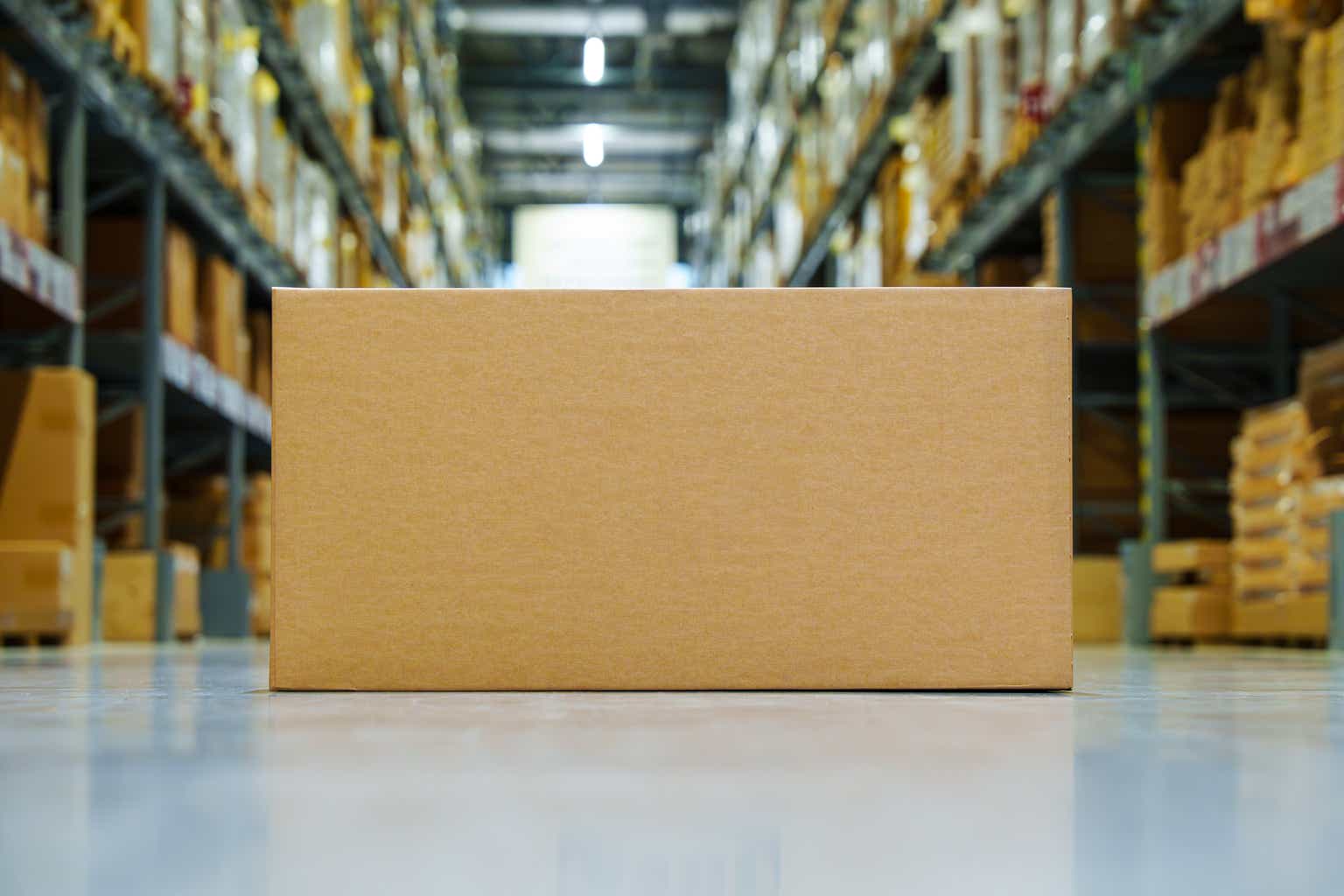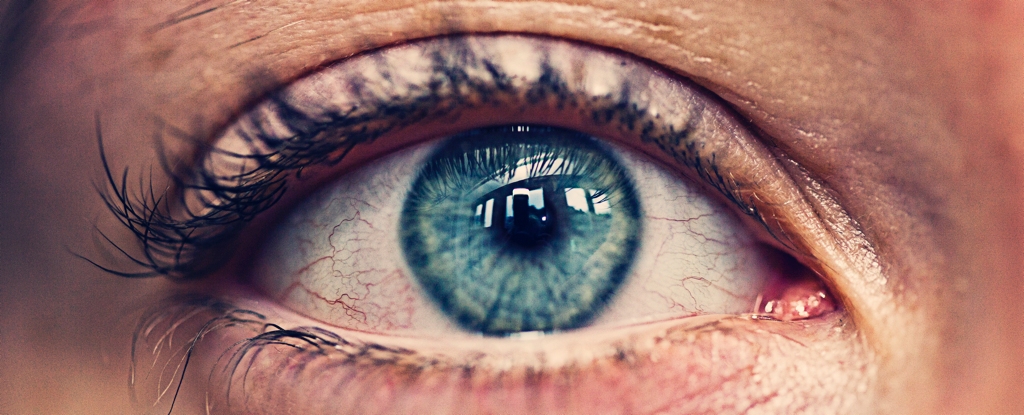Here's what happens if you don't have a Real ID after May 7
The Department of Homeland Security will start enforcing Real IDs on May 7. Here's everything you need to know.
USA TODAY Network via Reuters Connect
- Travelers in the US will soon be required to present a Real ID to board a plane.
- Homeland Security will enforce Real IDs starting May 7.
- Travelers without Real IDs could face delays or be barred from entering security checkpoints.
Travelers in the United States could have their vacations derailed this summer if they don't secure a Real ID.
The May 7 deadline set by Homeland Security is fast approaching, meaning adults boarding domestic flights will no longer be able to use their old driver's licenses as identification.
But what happens if you arrive at a TSA security checkpoint without a Real ID? Here's everything you need to know.
What is a Real ID?
Real IDs were a recommendation by the 9/11 Commission, formed in 2002 under former President George W. Bush, for the federal government to "set standards for the issuance of sources of identification, such as driver's licenses and identification cards."
In addition to boarding domestic commercial flights, Real IDs will be required to grant access to certain federal facilities and nuclear power plants.
The US Congress formally passed the Real ID Act in 2005. However, the federal government has delayed enforcing Real IDs several times over the last two decades. Although Real IDs are a form of identification, Homeland Security said they are not considered proof of citizenship.
How do you know if you have a Real ID-compliant card?
USA TODAY Network via Reuters Connect
Unlike previous ID cards, a Real ID will have a star marking on the upper half of the card.
"If the card does not have a star marking, it is not REAL ID-compliant and won't be accepted as proof of identity to board commercial aircraft," Homeland Security said.
However, there are variations. Depending on the state, Real IDs can feature a gold star, a black star, a gold circle with a white star cutout, or a black circle with a white star cutout.
In California, Real IDs have an image of a gold grizzly bear with a white star cutout. Homeland Security announced on April 24 that New York State Real IDs, enhanced licenses, and identification cards will have a star or the US flag.
How do you get a Real ID?
The process of acquiring a Real ID varies by state.
For example, obtaining a Real ID in Alaska means applying in person at an Alaska Department of Motor Vehicles office and providing a primary document showing specific information, including birth name and US citizenship status.
In Texas, people can apply for a Real ID-compliant card in person at a Texas Department of Public Safety office. Some may be eligible to renew their driver's license or ID online.
At the very least, Homeland Security said people must show documents showing their full legal name, date of birth, Social Security number, two proofs of principal residence address, and legal status, to obtain a Real ID.
As Business Insider has reported, some people who have changed their names via marriage or divorce are having trouble gathering the necessary paperwork to apply for Real ID.
Homeland Security's website provides a Real ID map, allowing users to click on their state for more information.
Can you apply for a Real ID after the May 7 deadline?
Although Homeland Security will begin enforcing Real IDs on May 7, people can submit applications anytime. Those who don't have a Real ID card by that date could face issues traveling in the United States and lose access to certain federal buildings. AP Photo/Rick Bowmer
Can you fly without a real ID after May 7?
Adults flying domestically in the United States can show an alternative form of identification. The Transportation Security Administration doesn't require children under 18 to provide identification when traveling within the United States.
The agency's website shared a list of accepted identification options, including US passports, US passport cards, state-issued Enhanced Driver's Licenses (EDL), and more. However, in April, the TSA said that the temporary paper card given to applicants by the DMV would not be accepted.
If travelers don't have an acceptable form of ID, a TSA officer "may ask you to complete an identity verification process, which includes collecting information such as your name and current address to confirm your identity. If your identity is confirmed, you will be allowed to enter the screening checkpoint, where you may be subject to additional screening."
"You will not be allowed to enter the security checkpoint if you choose to not provide acceptable identification, you decline to cooperate with the identity verification process, or your identity cannot be confirmed," the TSA's website says.
Homeland Security added that passengers attempting to fly without proper identification "expect to face delays, additional screening, and the possibility of not being permitted into the security checkpoint."












































































